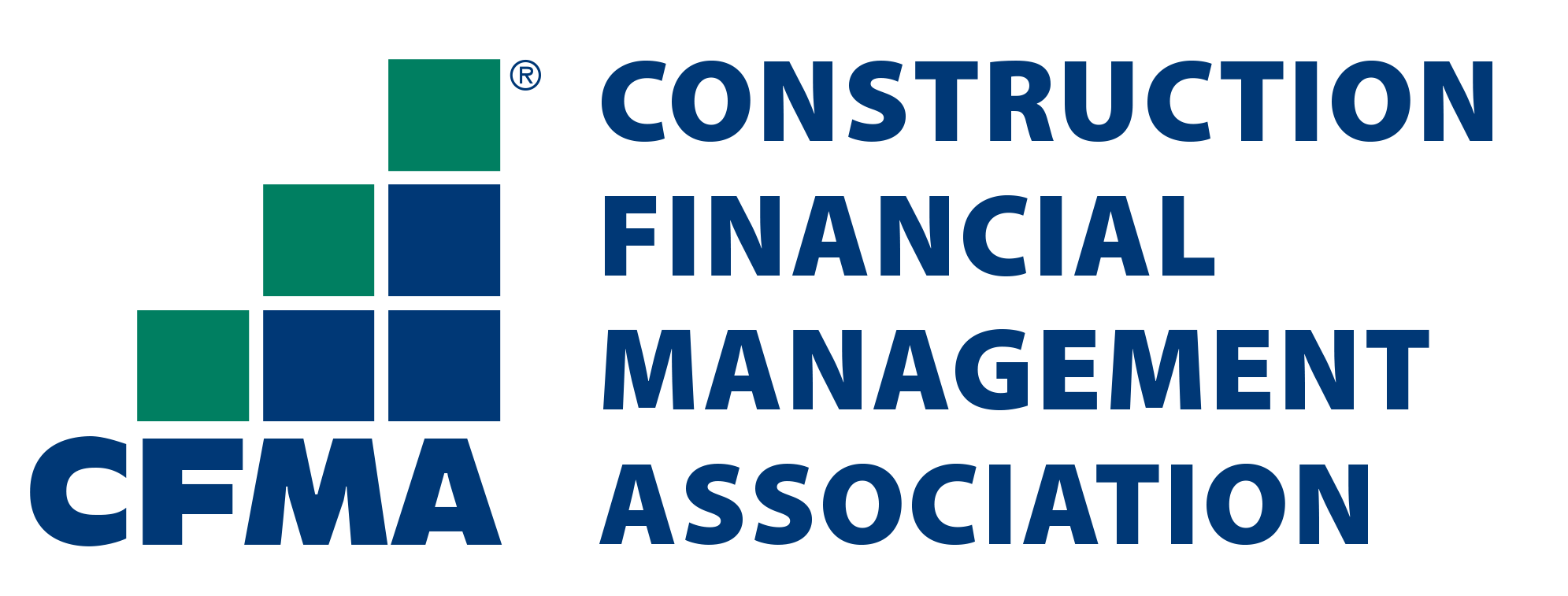
The Role of Financial Modeling in Real Estate Acquisition Support
- June 3, 2024
- OHI

Acquiring real estate is a significant strategy for growth and expansion in the property industry. Whether an investor seeks to enter new markets, gain competitive advantages, or acquire underperforming assets for renovation, real estate acquisitions offer a viable path to achieving these goals. However, the process of acquiring real estate is complex and involves considerable risks. Financial modeling plays a crucial role in real estate acquisition support, providing a structured approach to analyzing and understanding the financial implications of a potential investment.
\Financial modeling involves creating a detailed, mathematical representation of a real estate asset’s financial performance. This model is typically built using spreadsheet software like Microsoft Excel and includes various financial statements such as income statements, balance sheets, and cash flow statements. The primary purpose of financial modeling in real estate is to project future financial performance based on historical data, assumptions, and various scenarios.
In the context of real estate acquisitions, financial modeling serves several key functions:

Let’s delve deeper into each of these functions to understand their importance in acquisition support.
Each of these methods provides a different perspective on the property’s value, and financial modeling helps integrate these perspectives to arrive at a comprehensive valuation.

Synergies in real estate acquisitions are the additional value that an investor expects to create from an acquisition. These can come from various sources, such as cost savings, revenue enhancements, or strategic benefits. Financial modeling plays a crucial role in quantifying these synergies and understanding their impact on the combined entity’s financial performance.
For instance, an acquisition might lead to cost savings through economies of scale, streamlined operations, or reduced overhead. Financial models can project these savings and incorporate them into the combined entity’s financial statements. Similarly, revenue synergies might arise from increased rental income, improved property management, or enhanced property value. Financial modeling helps project these revenue enhancements and their contribution to the overall financial performance.
Real estate acquisitions often involve significant financial investments, and investors need to evaluate various financing options. Financial modeling assists in this process by analyzing the implications of different financing structures, such as debt, equity, or a combination of both.
Real estate acquisitions involve a high degree of uncertainty, and various assumptions can significantly impact the financial outcomes. Sensitivity analysis is a critical component of financial modeling that helps assess how changes in key assumptions affect the acquisition’s financial performance.
By varying assumptions such as rental growth rates, occupancy rates, discount rates, or financing terms, financial models can project a range of possible outcomes. This analysis helps identify the key drivers of value and risk, enabling the investor to make informed decisions and develop contingency plans.
Due diligence is the process of thoroughly investigating the target property to uncover any potential risks or issues. Financial modeling supports this process by providing a detailed and structured analysis of the property’s financial performance, projections, and assumptions.
During due diligence, financial models help verify the accuracy and completeness of the property’s financial statements. They also assist in identifying any discrepancies, potential red flags, or areas that require further investigation. This rigorous analysis ensures that the investor has a clear understanding of the property’s financial health and potential risks before proceeding with the acquisition.

Successful real estate acquisitions require careful planning and execution of the integration process. Financial modeling plays a crucial role in this phase by projecting the combined entity’s financial performance and identifying potential challenges and opportunities.
For example, financial models can project the impact of integrating property management systems, operational processes, and tenant relationships on the combined entity’s financial statements. This analysis helps develop detailed integration plans, allocate resources effectively, and monitor the progress of integration efforts. By providing a clear financial roadmap, financial modeling ensures that the integration process is aligned with the acquisition’s strategic goals and value creation objectives.
Financial modeling is an indispensable tool in real estate acquisition support, providing a structured and comprehensive approach to analyzing and understanding the financial implications of an acquisition. From valuing the target property and assessing synergies to evaluating financing options and supporting due diligence, financial modeling ensures that investors make informed decisions and maximize the value of the acquisition.
By leveraging financial modeling, real estate investors can navigate the complexities and risks of acquisitions with confidence, ensuring precision, efficiency, and transparency throughout the process. This rigorous and analytical approach ultimately contributes to the success of real estate acquisitions and the realization of strategic growth objectives.
Contact us for a customized NO OBLIGATION proposal for outsourcing your accounting activities.









